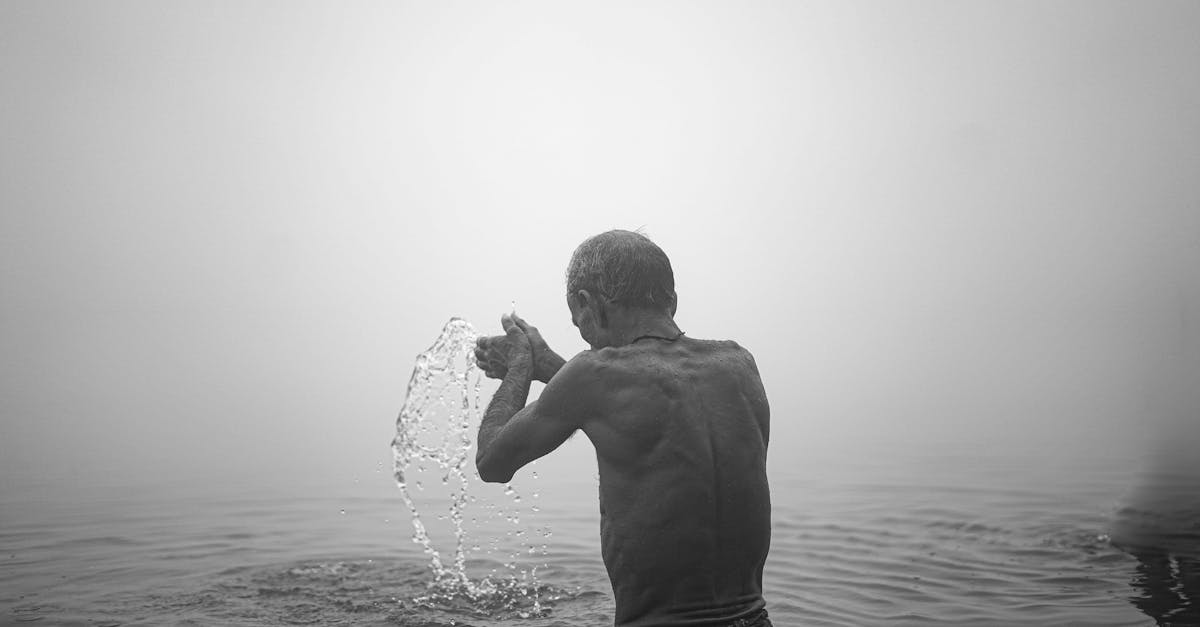India is a land of vast geographical diversity, and its rivers have played a crucial role in shaping its culture, economy, and history. Among these waterways, some stand out due to their sheer size, length, and significance. This article explores the five largest rivers in India, each with its unique features and importance.
| River Name | Length (km) | States Flowed Through | Significance |
|---|---|---|---|
| Ganges | 2,525 | Uttarakhand, Uttar Pradesh, Bihar, Jharkhand, West Bengal | Spiritual and Cultural Significance |
| Brahmaputra | 2,900 | Arunachal Pradesh, Assam, West Bengal | Economic Lifeline and Biodiversity |
| Indus | 3,180 | Jammu and Kashmir, Himachal Pradesh, Punjab | Historical Importance |
| Godavari | 1,465 | Maharashtra, Telangana, Andhra Pradesh | Agricultural Backbone |
| Krishna | 1,400 | Maharashtra, Karnataka, Andhra Pradesh | Water Supply and Irrigation |
Ganges: The Sacred River
The Ganges, known as the Ganga in Hindi, is often regarded as the most sacred river in India. Stretching over 2,525 kilometers, it originates from the Gangotri Glacier in Uttarakhand and flows through multiple states, including Uttar Pradesh, Bihar, Jharkhand, and West Bengal, before emptying into the Bay of Bengal. The river is not only a vital water source for millions but also holds immense spiritual significance for Hindus, who believe that bathing in its waters cleanses one of sins. Major cities like Varanasi and Haridwar are located along its banks, making it a focal point for religious activities and pilgrimage.

Brahmaputra: The Mighty River
The Brahmaputra River, with a total length of 2,900 kilometers, flows through Arunachal Pradesh, Assam, and West Bengal, eventually merging with the Ganges before reaching the sea. This river is unique as it flows through a deep valley and is known for its powerful currents and seasonal flooding. The Brahmaputra is vital for the economy of northeastern India, supporting agriculture and fisheries. It is also home to diverse flora and fauna, including the endangered river dolphin. The river’s cultural significance is reflected in various festivals and traditions of the indigenous communities living along its banks.

Indus: The Historical River
The Indus River, one of the longest rivers in the world, stretches approximately 3,180 kilometers, flowing through India, Pakistan, and China. In India, it primarily traverses Jammu and Kashmir, Himachal Pradesh, and Punjab. Historically, the Indus Valley Civilization thrived along its banks, marking one of the world’s earliest urban cultures. Today, the Indus remains crucial for irrigation and hydropower generation in both India and Pakistan. The river’s basin is also a vital region for agriculture, supporting the livelihoods of millions of people.

Godavari: The Dakshina Ganga
The Godavari, often referred to as the ‘Dakshina Ganga’ or ‘Ganges of the South,’ is the second longest river in India, spanning about 1,465 kilometers. It originates in the Western Ghats of Maharashtra and flows through Telangana and Andhra Pradesh before emptying into the Bay of Bengal. The Godavari is essential for irrigation and is considered the lifeline of the agricultural economy in the region. The river is also associated with numerous religious festivals, and its banks host significant temples, making it a center of spiritual activity.

Krishna: The River of Life
The Krishna River, measuring around 1,400 kilometers, flows through Maharashtra, Karnataka, and Andhra Pradesh. It is one of the major rivers in southern India and is crucial for irrigation, providing water to the fertile regions along its banks. The river supports agriculture, particularly the cultivation of sugarcane, rice, and other crops. The Krishna is also significant in Hindu mythology, as it is associated with the life of Lord Krishna, one of the most revered deities in Hinduism. Major dams and reservoirs along the river aid in water management and hydropower generation.

FAQ
What is the longest river in India?
The longest river in India is the Indus River, which stretches approximately 3,180 kilometers, flowing through India and Pakistan.
Why are rivers important in India?
Rivers are crucial for agriculture, drinking water supply, transportation, and cultural practices. They also support biodiversity and are integral to India’s history and mythology.
How many major rivers are there in India?
India has numerous rivers, with 14 major rivers recognized by the Central Water Commission, including the Ganges, Brahmaputra, and Indus.
What are the main challenges faced by rivers in India?
Rivers in India face challenges such as pollution, over-extraction of water, encroachment, and climate change, which threaten their ecosystems and the livelihoods dependent on them.
How can we protect our rivers?
Protecting rivers involves reducing pollution, conserving water, restoring natural habitats, and promoting sustainable practices among communities that depend on them.
References: [National River Conservation Plan](http://nrcd.nic.in), [Ministry of Jal Shakti](http://jalshakti.nic.in), [Central Water Commission](http://cwc.gov.in)
